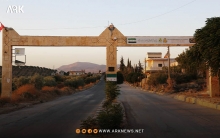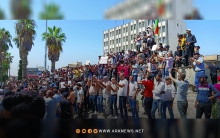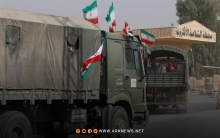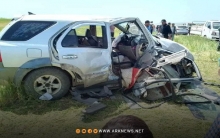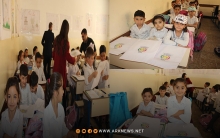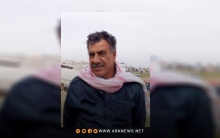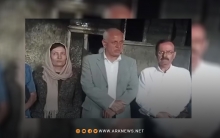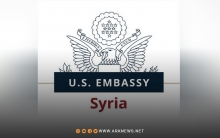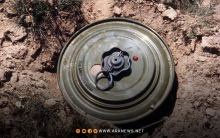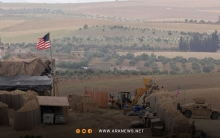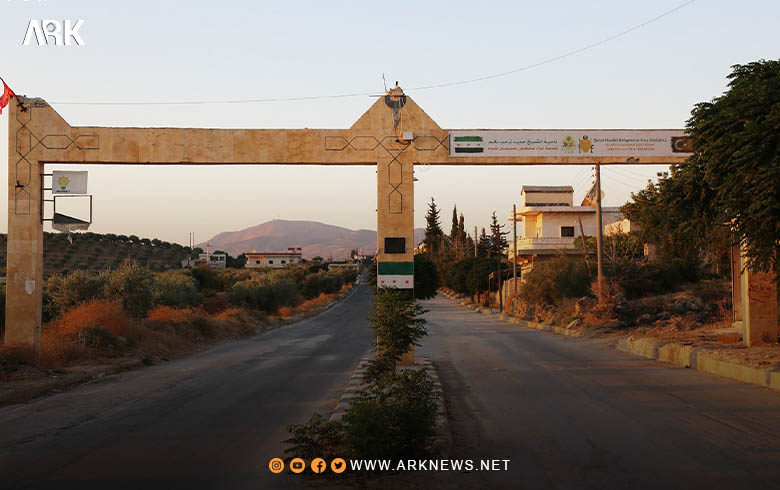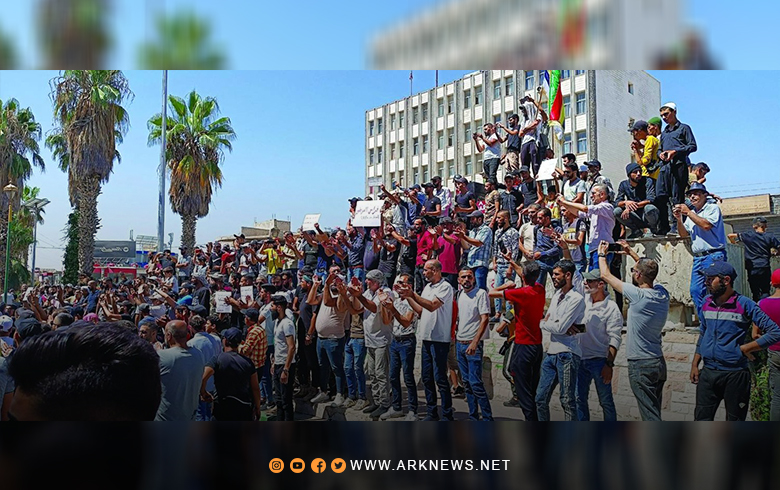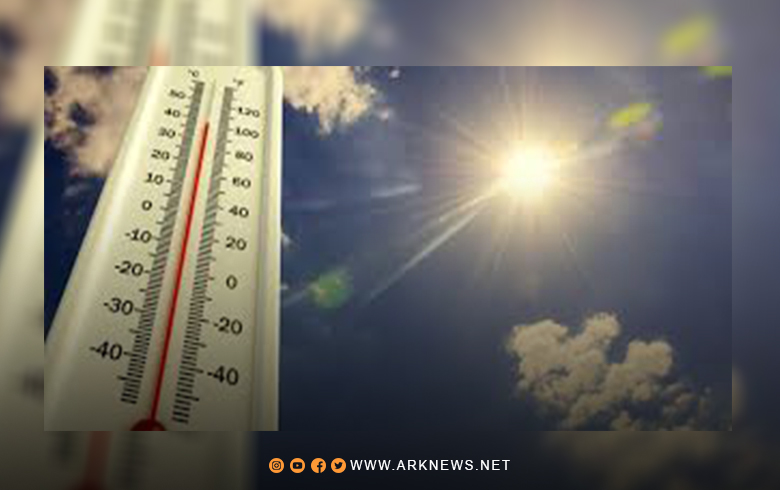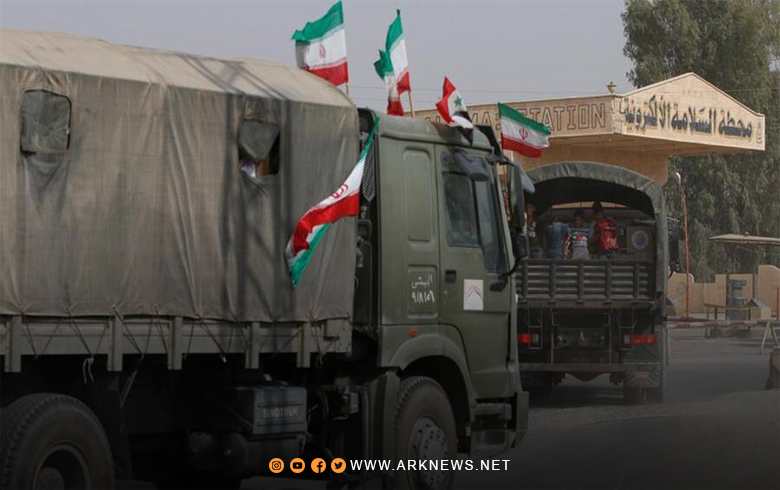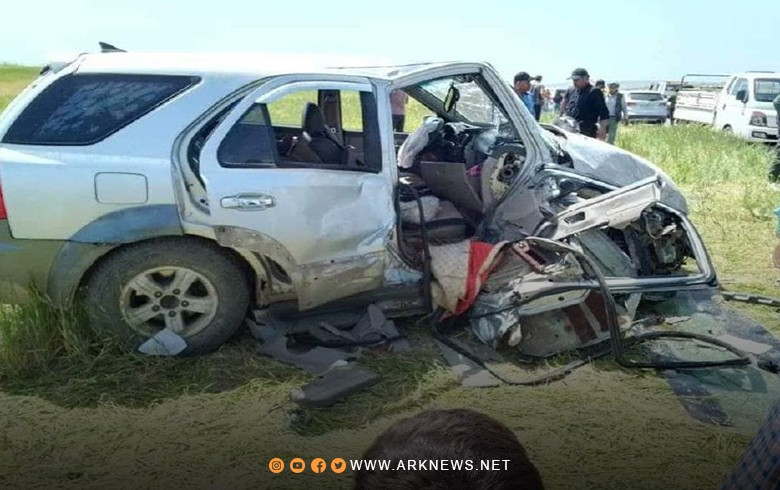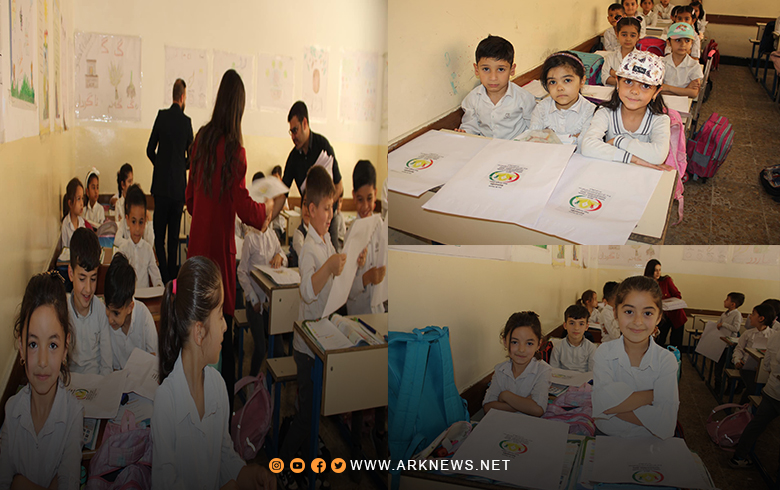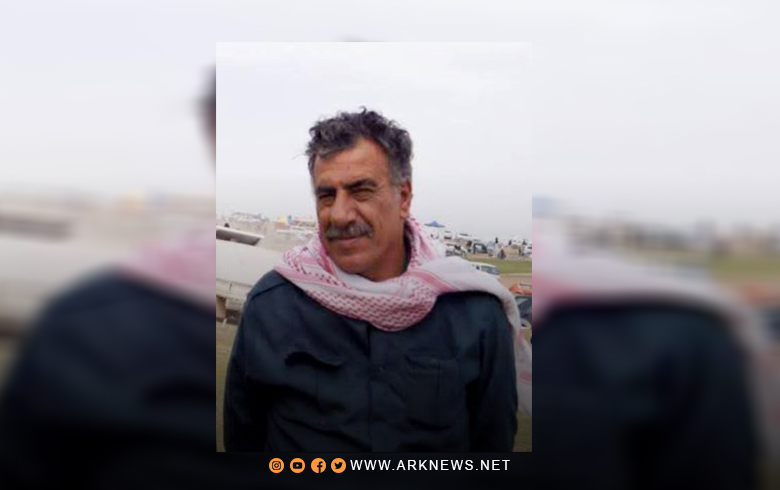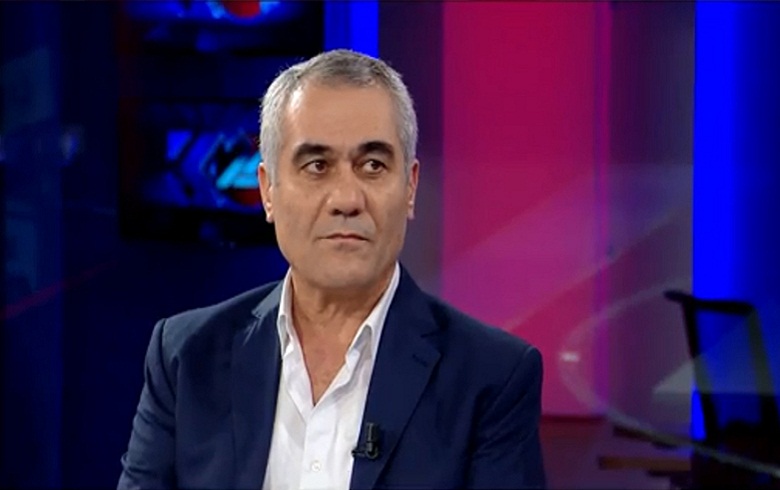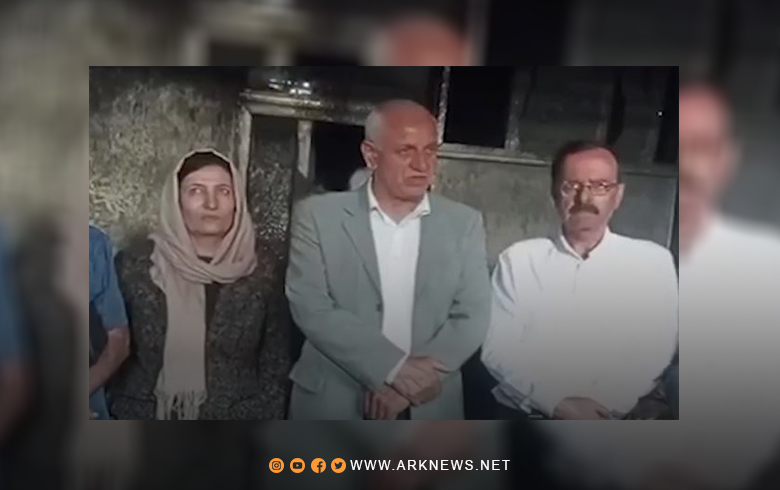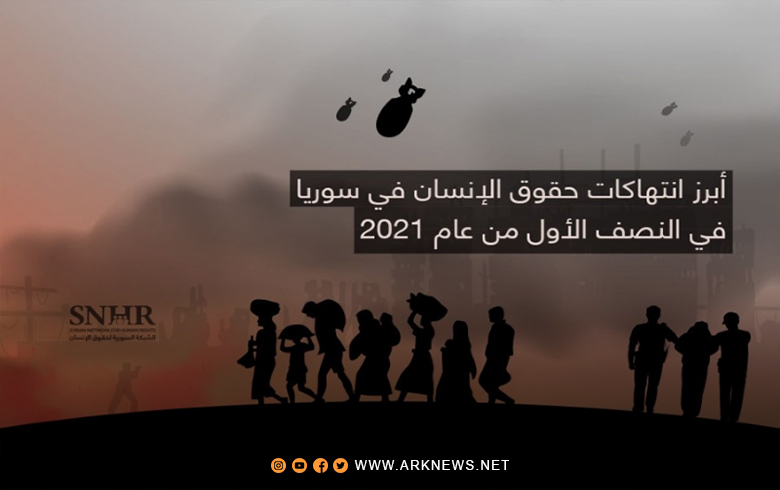
The Most Notable Human Rights Violations in Syria in the First Half of 2021
Documenting 53 Attacks on Vital Civilian Facilities, Including Five on Medical Facilities
The Syrian Network for Human Rights released its monthly special report summarizing the human rights situation in Syria, outlining the most notable human rights violations documented by the SNHR in the first half of 2021 at the hands of the parties to the conflict and the controlling forces in Syria, in which it refers to documenting 53 attacks on vital civilian facilities, including five on medical facilities.
The report documents the deaths of 723 civilians, including 145 children and 79 women (adult female), in the first half of 2021, with the highest percentage of killings being carried out at the hands of other parties. Among the victims were four medical personnel, two Civil Defense personnel, and 59 individuals who died due to torture, in addition to 10 massacres committed by the parties to the conflict and the controlling forces in Syria.
The report also documents the deaths of 95 civilians in June, including 22 children, eight women, three medical personnel, one Civil Defense worker, and 11 individuals who died due to torture, in addition to at least two massacres.
The report documents at least 972 cases of arbitrary arrest/ detention in the first half of 2021 at the hands of the parties to the conflict and the controlling forces in Syria, including 45 children and 42 women (adult female), with the largest percentage of these carried out by Syrian regime forces in the governorates of Deir Ez-Zour, Aleppo, then Hasaka.
The report further documents at least 136 cases of arbitrary arrest/ detention in June at the hands of the parties to the conflict and the controlling forces in Syria, including two children and two women, with the largest percentage of these carried out by Syrian regime forces in the governorate of Damascus Suburbs, then Daraa.
The report documents at least 53 attacks on vital civilian facilities in the first half of 2021, 26 of which were carried out at the hands of Syrian-Russian alliance forces. Among these attacks, five were on educational facilities, five were on medical facilities and four others were on places of worship.
In addition to these incidents, the report also documents at least 13 attacks on vital civilian facilities in June, eight of which were carried out by Syrian regime forces, one by Hay’at Tahrir al-Sham, and four by other parties.
The report documents one cluster munition attack in the first half of 2021, carried out by Russian forces targeting the Idlib governorate, resulting in the death of a Civil Defense worker.
As the report reveals, June saw an increase unprecedented in the past several months in the pace of military operations in northwest Syria, especially in ground bombardment by Syrian-Russian alliance forces on the region, targeting areas far from the contact lines such as Ariha city in Idlib suburbs and the vicinity of Idlib city. The report also documents the use of several munitions, most notably those guided by the Russian-made Krasnopol laser system, which is characterized by its precise targeting. Russian reconnaissance aircraft were also frequently seen in the airspace over the region throughout the month. The report also documents Russian airstrikes on civilian areas in June.
The report notes that clashes continued in June between Syrian National Army forces and Syrian Democratic Forces in the villages of Ein Isa in the northern suburbs of Raqqa, which are under the control of Syrian Democratic Forces.
The report additionally reveals that several bombings were recorded throughout June using explosive devices and motorcycle bombs in the areas of al-Bab and Jarablos and the vicinity of Afrin city in the suburbs of Aleppo; Ras al Ein city in the northwestern suburbs of Hasaka and Tal Abyad city in the northwestern suburbs of Raqqa both saw bombings that caused material damage to the infrastructure. The report adds that June saw a continuation of civilian deaths due to landmine explosions in different governorates and regions of Syria.
The report notes that on June 23, the Syrian regime, through the Russian guarantor, demanded that the people of Daraa al Balad in Daraa city surrender a number of light arms to the regime; after the people refused these demands, regime forces blocked the roads leading to the area and restricted the movement of civilians to and from the area.
The report further reveals that June saw a continuation in the documentation of infections and deaths due to the COVID-19 pandemic in the areas under Syrian regime forces’ control and those under Syrian Democratic Forces’ control, with the areas controlled by the opposition factions seeing a significant increase in infections compared to previous months, where SNHR documented the highest monthly number of infections so far recorded in these areas since the beginning of 2021, with the Syrian regime’s Ministry of Health in June officially announcing 1,020 cases of COVID-19 infection and 106 deaths in June. In northwestern Syria, more infections and deaths due to coronavirus were recorded in June, with the Early Warning Alert and Response Network (EWARN) announcing the documentation of 2,120 infections and 39 deaths related to COVID-19 for the month.
In Northeastern Syria, a total of 635 cases of infection and 34 deaths were recorded in June, announced by the Health Authority in the Self-Management Authority of Northern and Eastern Syria.
Regarding living conditions, the report notes that the areas under Syrian regime control have seen a decline in some of the aspects of living which had witnessed an improvement in conjunction with the ‘presidential elections’ charade staged in May, as the Syrian regime resumed its usual restrictive practices against citizens, with June also seeing an increase in the frequency of power cuts, along with overcrowding at bakeries. The report also notes that on June 1, Manbij city and its countryside, east of Aleppo governorate, saw popular demonstrations in several areas for the second consecutive day in protest against the practices of the Syrian Democratic Forces and their imposition of forced conscription, arrests, and high prices. The report adds that Syrian Democratic Forces shot at demonstrators, which caused the death toll to rise to five civilians. On June 2, a meeting was held between regional dignitaries and sheiks and officials from the Self-Management and Military Administration of Syrian Democratic Forces, concluding in an agreement to end protests and strikes in exchange for ending the implementation of the Self-Defense Law, releasing all those detained during recent events, and forming a committee to investigate the reasons for the shootings and holding all those involved in them accountable.
As the report reveals, the scorching heatwave seen throughout Syria caused huge fires in forested areas in the western suburbs of Jisr al Shughour in the western suburbs of Idlib, causing material losses to crops.
The report notes that the suffering of camp residents in northern and eastern Syria continued in June, especially in light of the extremely high temperatures at the end of the month. The report documents numerous fires breaking out in the camps, particularly in Idlib suburbs, causing the deaths of a number of people, including children, with most of these accidents caused by the use of the misuse of cooking appliances and the explosion of solar batteries. Deaths at the hands of unknown persons continued in al Hawl Camp; in June, the report documented the deaths of five civilians there, including three women. The suffering of residents of al Rukban Camp in the eastern suburbs of Homs, near the Syrian-Jordanian border, has also continued, due to numerous problems and challenges, especially in terms of a total lack of medical treatment.
The report stresses that the Syrian government has violated international humanitarian law and customary law, and a number of UN Security Council resolutions, particularly resolutions 2139 and 2042 concerning the release of detainees, as well as resolution 2254, all without any accountability.
The report calls on the UN Security Council to take additional steps following its adoption of Resolution 2254, and stresses the importance of referring the Syrian case to the International Criminal Court, adding that all those who are responsible should be held accountable including the Russian regime whose involvement in war crimes has been repeatedly proven.
The report also emphasizes that the Syrian regime must stop its indiscriminate shelling and targeting of residential areas, hospitals, schools, and markets, and stop using prohibited munitions and barrel bombs, as well as complying with UN Security Council resolutions and customary humanitarian law.
The report stresses that the states supporting Syrian Democratic Forces should apply pressure on these forces in order to compel them to cease all of their violations in all the areas and towns under their control, adding that Syrian Democratic Forces must immediately stop conscripting children, hold the officers involved in such violations accountable, and pledge to return all children who have been arrested for conscription immediately.
The report also calls on the Armed Opposition and the Syrian National Army to ensure the protection of civilians in all areas under their control and calls on them to take care to distinguish between civilians and military targets and to cease any indiscriminate attacks.
Lastly, the report stresses the need for humanitarian organizations to develop urgent operational plans to secure decent shelter for internally displaced persons and to provide protected facilities and vehicles, such as medical facilities, schools, and ambulances, with distinctive signs that can be distinguished from long distances, as well as making several additional recommendations.
597

